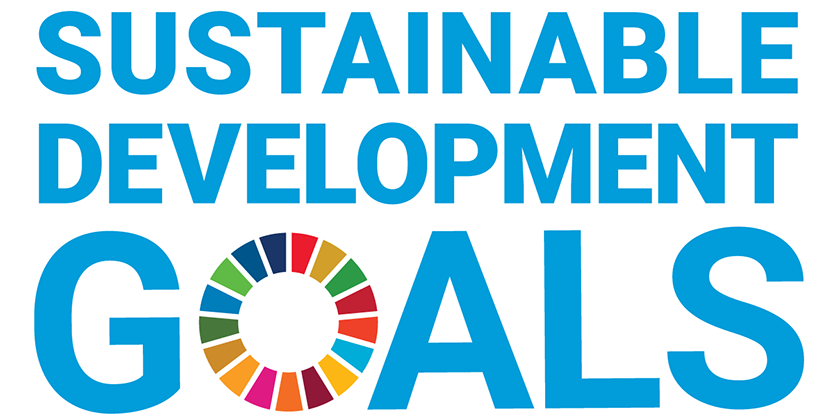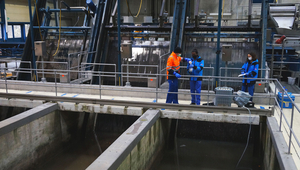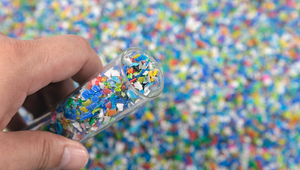Sustainable Development Goals
Sustainable Development
The Sustainable Development Goals are at the heart of the United Nations 2030 Agenda. 193 countries, including Switzerland, have adopted the 2015 Agenda. The 17 goals aim to advance sustainable development worldwide at the economic, social and environmental levels, put human dignity at the centre, protect the planet and promote peace and prosperity for all.
Eawag research for the SDGs (Sustainable Development Goals)
Eawag’s research enables progress towards attaining the 17 SDGs. First and foremost, our work naturally supports Goal 6: clean drinking water and sanitation. However, many research projects also contribute to Goals 2, 3, 7, 11, 12, 13, 14 and 15.
By clicking on the SDG, the goal is explained and projects are shown that contribute to achieving the goal.

News Portal SDG
July 17, 2025
July 15, 2025






